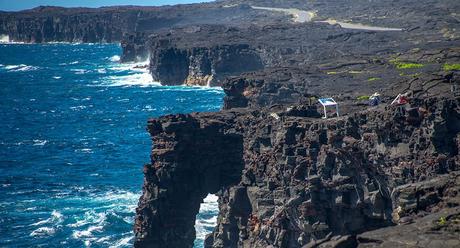GR: Earth’s wildlife decline is caused by construction, invasive species, climate change, and many other human impacts. For instance, scientists have shown that the sounds coming from our industry, airplanes, cars, and even our voices are harmful. The story below reports the results of a new study of the effects of sound on wildlife.
“Wild spaces are important for many reasons. For us humans, they give us peace and energy, provide places for recreation and connection with nature, and teach us about the life around us. But wild places are not only necessary for humans – for flora and fauna and the land itself, protected areas are reserves where nature can run its course without as much interference from humans. They provide critical places for the earth to heal itself and resume its organic processes; they also give homes to many endangered species. Yet unfortunately, protected areas may not actually be as protected as their names make them sound. A new study from Buxton et al. looked at the degree to which noise pollution has infiltrated protected areas in the United States, finding that anthropogenic noise doubled background noise levels in a majority of protected areas. Scientists and nature-lovers alike fear that this is affecting habitats that many ecosystems rely on.
“Protected areas include, but are not limited to National Parks. Get a glimpse of the 59 US National Parks in the slide show below.
“Protected areas in the United States cover 14% of the country’s land mass. To determine how noise pollution is affecting these areas, scientists from Colorado State University and the U.S. National Park Service collaborated to measure human-caused sounds from aircraft, highways, industrial, and residential sources. The team listened to countless hours of sound measurements from 492 sites around the country.

Protected areas include marine reserves, such as the Hōlei Sea Arch. Photo Credit: S. Geiger, NPS
“They found that the most noise came from roads, aircraft, human development, and resource extraction. In 63% of U.S. protected areas, anthropogenic noise doubled background sound levels. In 21% there was an even greater impact, causing a 10-fold or more increase in normal background noise. To break that down in more understandable terms, human-caused noise has reduced the area in which natural sounds can be heard by 50-90%. This means that what could be heard at 100 feet away can now only be heard from a distance of 10 to 50 feet.” –Kathryn DeMuth Sullivan (Continue reading: Anthropogenic noise pollution is threatening wild spaces).

